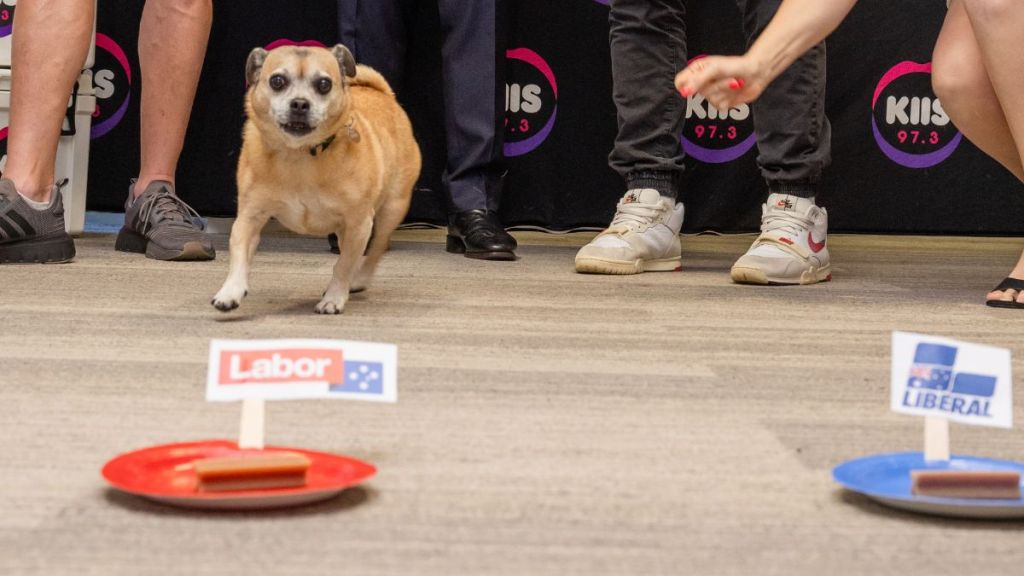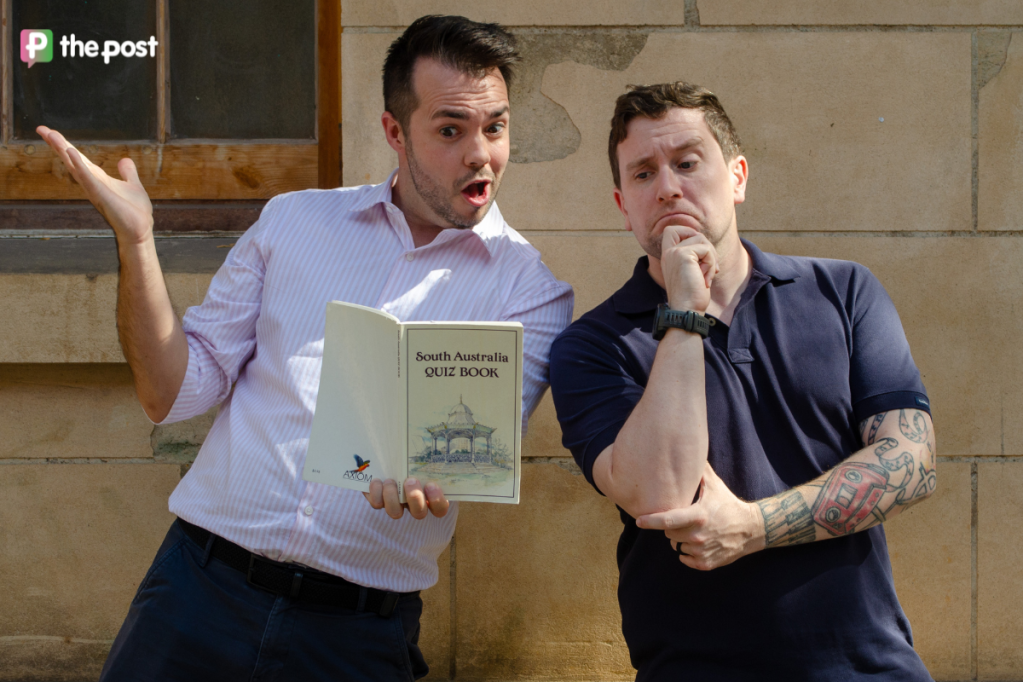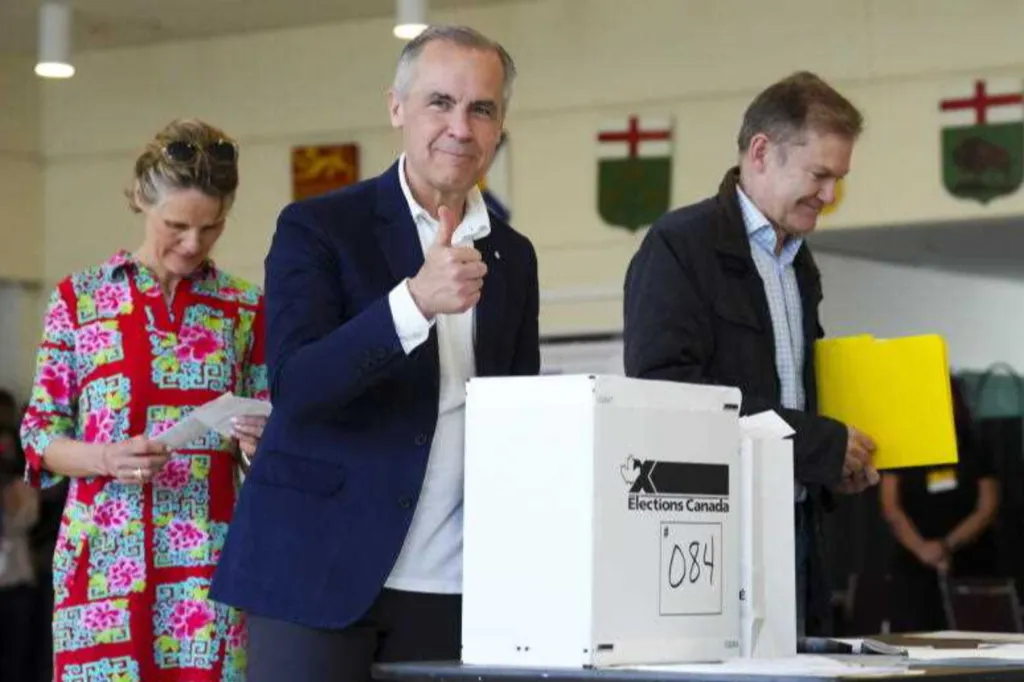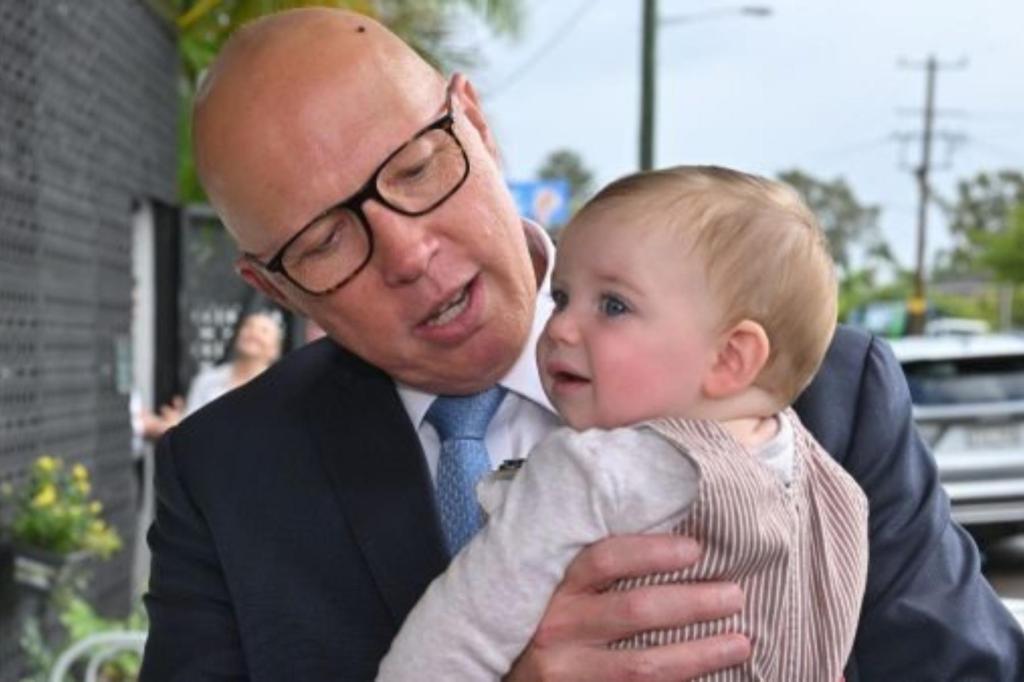Dutton dumps Trump-like policies
Opposition Leader Peter Dutton has abandoned his hardline stance on two unpopular Trump-like policies in a stunning election backflip.
The Coalition leader has softened his threat to end work-from-home arrangements for the public service.
“We made a mistake in relation to this,” he told the Today show on Monday.
“It’s important that we say that and recognise it.
“We’ve listened to Australians and we’ve made it very clear that work from home is a reality for many people, for our friends, for people in our workplace and we’re supportive of that.”
Dutton is also walking back his DOGE-style vow to cull 41,000 public service jobs, saying instead that a Coalition government would freeze future hirings rather than force redundancies.
The backlash to policies similar to those of US President Donald Trump — and polling showing strong support for work from home — have seemingly unnerved the Coalition as Labor enjoys a bounce in the polls.
The latest Newspoll on Monday showed Labor increasing its lead over the Coalition heading into the second week of the election campaign. The government is ahead 52-48 per cent on a two-party preferred basis.
You might like
The survey for The Australian showed Prime Minister Anthony Albanese edging closer towards retaining majority government, despite voters believing Dutton was a stronger leader.
It follows last week’s YouGov poll, which found Dutton’s personal satisfaction ratings had “sunk like a stone”.
Dutton had his lowest standing in YouGov’s public data poll after tying himself to Trump-style policies of banning work from home and sacking 40,000 public sector workers, YouGov’s Paul Smith said.
The work-from-home measure particularly risked exposing a key vulnerability by turning off female voters.
Labor maintains flexible work arrangements particularly benefit women, who can take on more work while also being able to look after children at home.
The share of women working full-time has increased from 54 per cent to 58 per cent as work-from-home arrangements have become more common since Covid-19, Australian Bureau of Statistics data shows.
This may also be due in part to increased public spending in traditionally female-dominated industries such as health and child care. But studies have shown working from home has also reduced the gender pay gap.
Labor analysis shows forcing women to drop work due to cuts in flexibility arrangements could cost some family incomes as much as $740 a week.
Stay informed, daily
“Many parents work full-time, while making time for family. And with cost-of-living pressures, many families can’t afford it any other way,” Prime Minister Anthony Albanese said.
“Peter Dutton and the Coalition want to end that flexibility, and it would have real consequences for Australian families.”
The government has taken the Coalition’s policy and run with criticism of it, while Dutton has walked it back.
Neither public servants nor work-from-home mandates featured in a campaign speech to supporters in Tasmania on Sunday.
Dutton’s only references to the policy in recent days have been to water down his earlier promise to force all public servants back to the office five days a week.
“I strongly support work from home,” he said in Darwin at the weekend.
“I’ve been very clear about that and our policy … doesn’t have any impact on the public sector outside of Canberra.”
That’s a clear change in rhetoric from comments by opposition workplace spokeswoman Michaelia Cash on March 6.
“It is an expectation of a Dutton government that the Australian Public Service will move towards returning to work five days a week from the office,” she told Sydney radio station 2SM.
The opposition’s finance spokeswoman Jane Hume outlined the Coalition’s work-from-home proposal in a speech last month, saying it had made parts of the public sector ineffective.
“While work-from-home arrangements can work, in the case of the Australian public service, it has become a right that is creating inefficiency,” she said.
“Work-from-home arrangements for public servants should only be in place when the arrangements work for the employee’s department, their team, and the individual. This isn’t controversial.”
The latest employee census of federal public servants found 61 per cent work from home at least part of the week.








